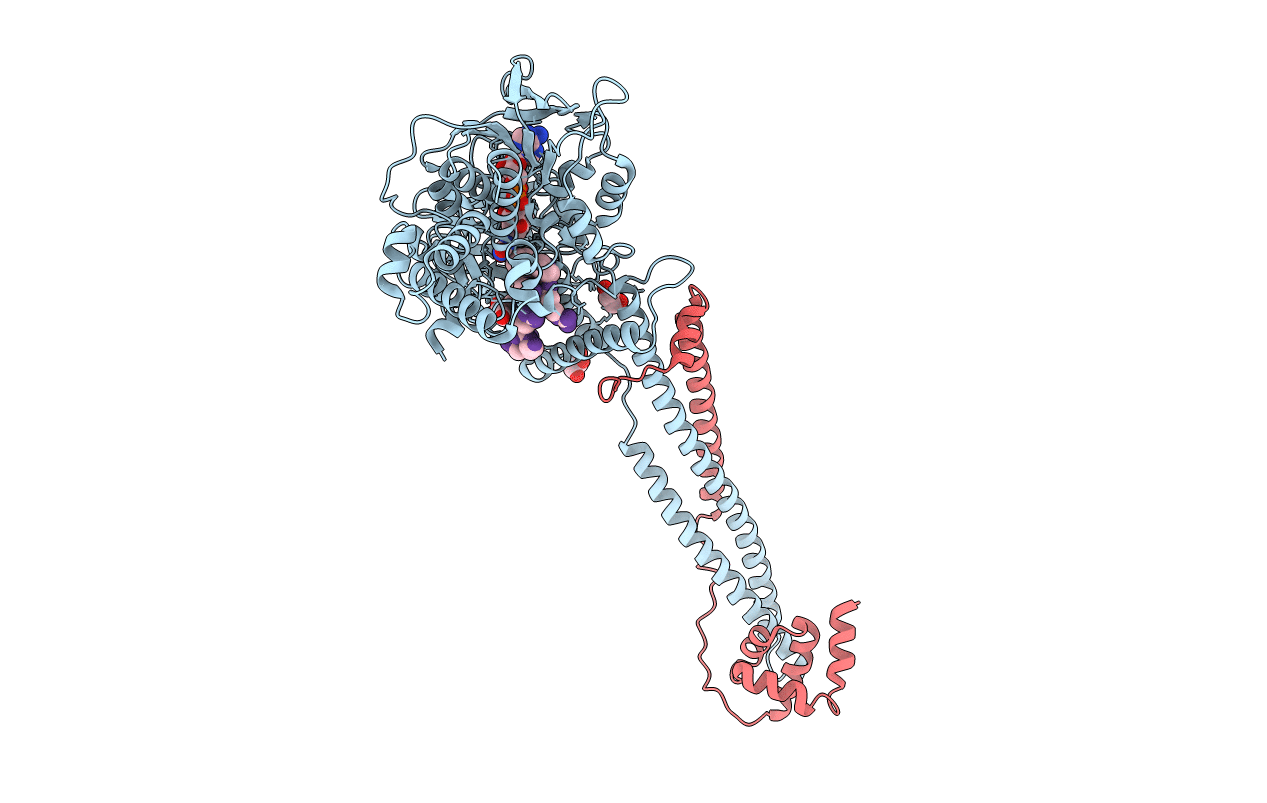
Deposition Date
2020-06-19
Release Date
2021-06-23
Last Version Date
2023-11-29
Entry Detail
PDB ID:
7CDG
Keywords:
Title:
Crystal structure of LSD1-CoREST in complex with PRSFLVRRR peptide
Biological Source:
Source Organism:
Homo sapiens (Taxon ID: 9606)
Host Organism:
Method Details:
Experimental Method:
Resolution:
2.80 Å
R-Value Free:
0.24
R-Value Work:
0.21
R-Value Observed:
0.21
Space Group:
I 2 2 2


